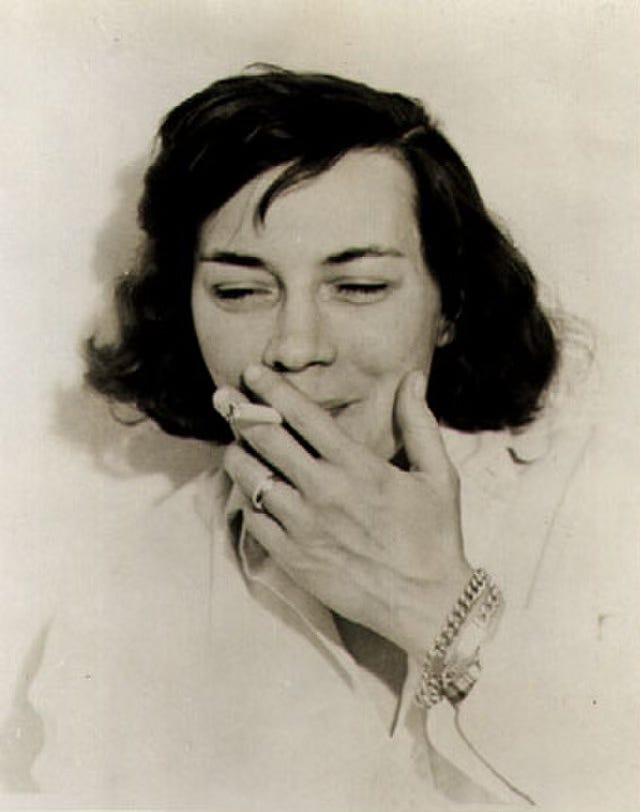Patricia Highsmith on Writing & Murder: 38 Notebooks and One Fascinating Interview
a problematic writer with an impressive body of work and a dark view of family
Upgrade to paid to play voiceover
Patricia Highsmith kept two sets of journals throughout her life: private diaries, in which she recounted her “her intense, at times painful personal experiences,” and notebooks—or cahiers—which she used “to process these experiences intellectually and muse on her writing.” This is how her longtime editor, Anna Von Planta, describes the journals in the …




